What are the steps in the process of coffee and bean honey treatment? What is the difference in flavor and taste between washing and sun treatment?
Professional coffee knowledge exchange more coffee bean information please follow the coffee workshop (Wechat official account cafe_style)
For more boutique coffee beans, please add private Qianjie coffee on Wechat. WeChat account: qjcoffeex
Coffee bean treatment can be divided into three categories: sun treatment (dry treatment), water washing treatment (wet treatment) and honey treatment (semi-dry treatment). The following front street coffee will be explained one by one.
Method 1: sun treatment / dry treatment (dry processing)
This is an ancient method commonly known as "tanning". To put it simply, the coffee berries picked are not removed and directly exposed to the sun until the water content of the beans drops to 10.5%. 12%. If there is plenty of sunshine, this method saves the most energy, and if there is not enough sunlight or other reasons, it is possible to use a dryer to dry all or part of the process.
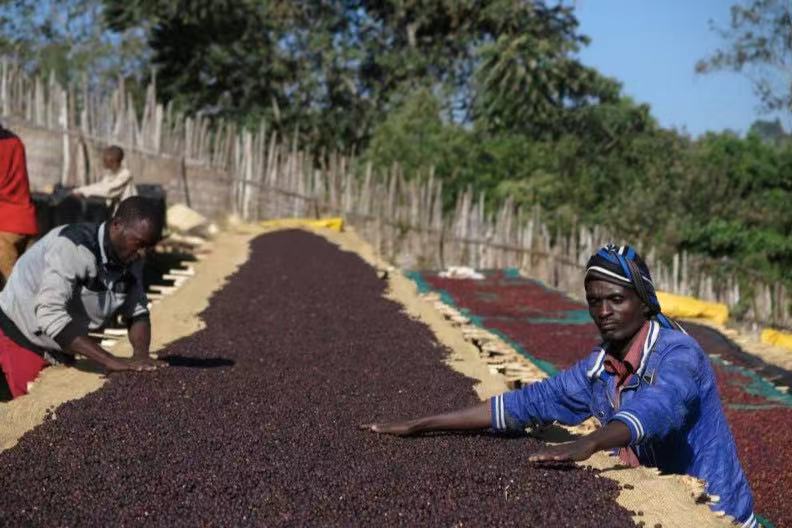
Since the drying process does not necessarily have to go through the sun, it is professionally called "dry treatment" instead of "sun exposure". Of course, exposure to the sun is still the mainstream of dry treatment. In coffee-producing countries such as Ethiopia, Yemen and Brazil, more than 80% of coffee producers use tanning, and many other producing countries also use this method, especially in areas where water resources are scarce.
There are several points to be added about dry treatment:
If you use sun drying, it usually takes 4 weeks or more, depending on the weather and the flavor you want to show. Care must be taken when drying, not only to avoid excessive temperature, but also to avoid moldy beans or bad smell caused by excessive fermentation.
If a dryer is used to dry, the control of various factors will be easier and the drying speed will be faster than that of the sun, but it will increase the cost of machinery and energy, and the flavor is usually not as good as that of beans exposed to the whole sun; the dried fruits are usually stored with all the coatings, and the coating on the outside of the coffee beans will not be removed mechanically until they are ready for shipment, a process called dry milling.
The length of drying time and the level of temperature will affect the flavor of coffee to varying degrees. For example, in a stronger sun and drier environment, without special control, the gum may have been dried before fermentation, thus reducing the fruity and sweetness that is brought into the coffee beans due to moisture and slight fermentation, and the beans have no special characteristics. like most Brazilian commercial beans, this is one of the reasons why sun beans have a bad reputation. If the drying time is extended, and the temperature is properly controlled, so that the coffee fruit undergoes slight fermentation, the beans will have a changeable fruit smell.
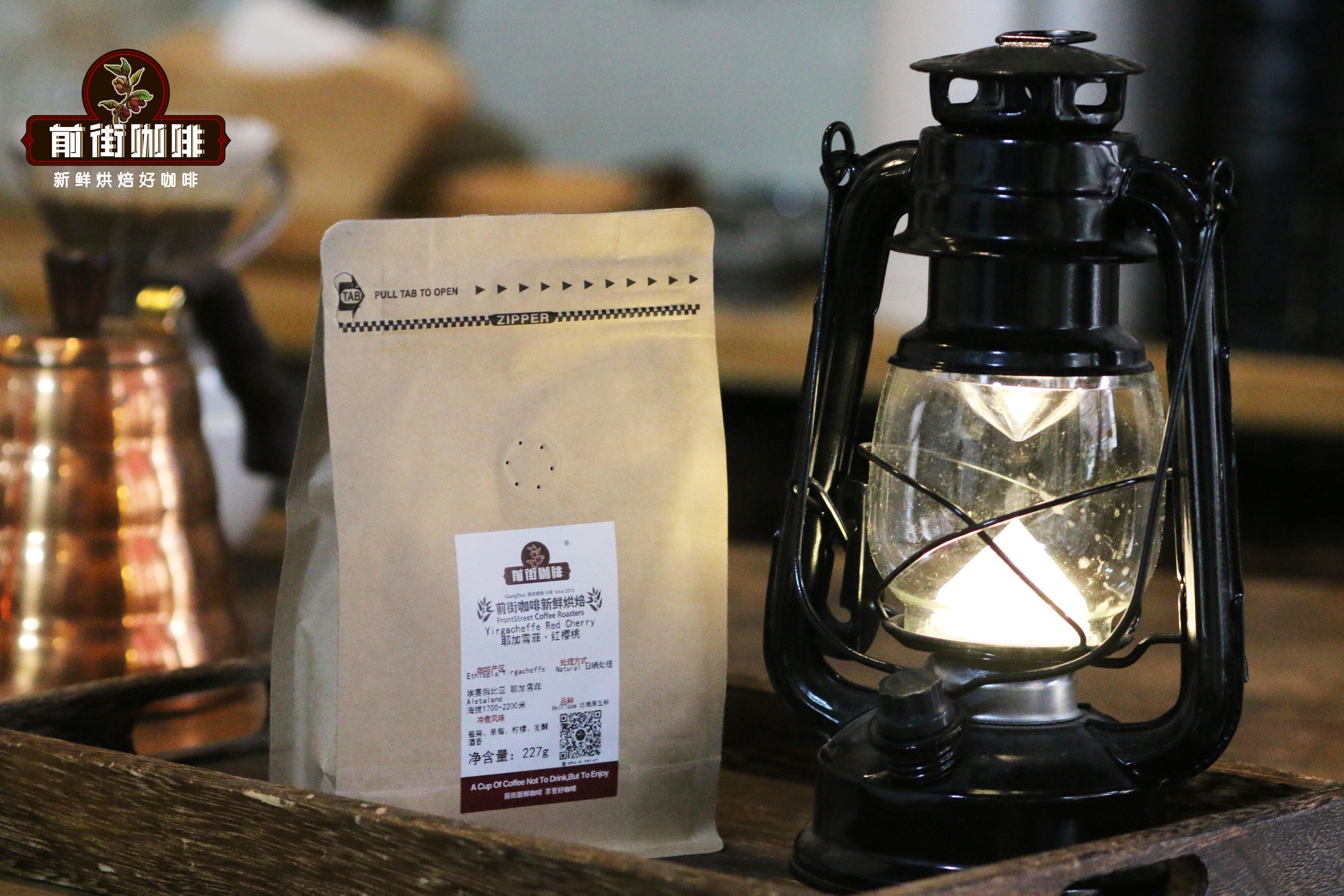
After testing a variety of sun-treated coffee beans in the Qianjie coffee cup, it is found that the coffee beans that are properly sun-dried by completely adopting the original coffee fruit will usually show complex fruit aromas and will be accompanied by soft fermented aromas. the overall taste of coffee is smooth and sweet.
Method 2: washing treatment / wet treatment (wet processing)
Also known as the "washing method", it was developed by the Dutch in the 18th century. The Dutch developed this method because the colonies (such as Java) were wet and rainy, lacked continuous sunlight, and it was difficult to implement the sun method (there was probably no dryer in those days). The traditional practice is like this: first remove the outer skin and pulp of coffee cherries, then ferment the gelatinous shell beans in a tank, so that the sugar in the gum decomposes and the stickiness disappears, and then rinse off all the residue outside the parchment with clean water. and then dry it. Due to the lack of pericarp, pulp and gum, the drying time is greatly shortened.
The following is a supplementary explanation on wet treatment:
The time for fermentation to be completed ranges from 12 hours to 6 days, depending on the temperature, the number of yeasts, and the methods used; for example, if you use Kenyan water washing (Kenyan method), it will take several days to go through more than one fermentation and flushing cycle.
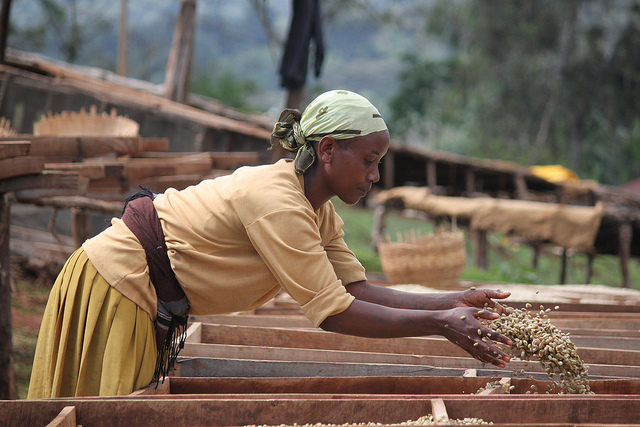
Deciding when to stop fermentation is a very important key in water washing. If the fermentation is not complete, the gum is not easy to wash, and if it is fermented too much, the coffee will be smelly and sour.
In the traditional washing method, when washing the residues of parchment, a large amount of clean water is needed, which is easy to cause environmental pollution, but now there have been innovations in industrial technology, for example, water is filtered and recycled, or water flushing is replaced by a rubbing machine. Water consumption can be greatly reduced, which is why it is professionally called "wet treatment" instead of "water washing".
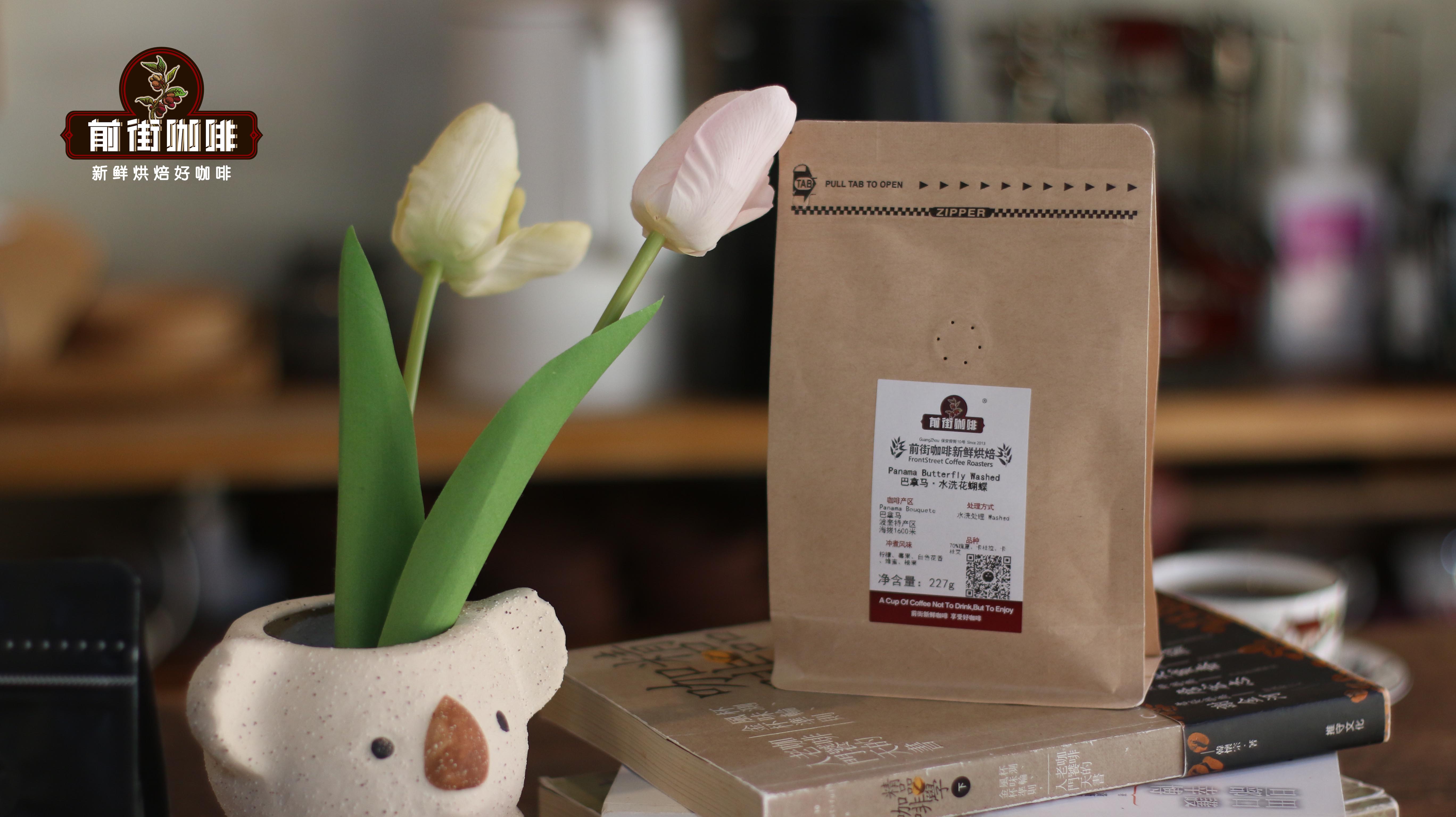
Wet-treated coffee has a characteristic: some of the acid produced during gelatinous fermentation goes into the beans, and because there is no pulp and gum attached to the parchment during drying, it lacks the unique fruit aroma of sun-dried beans. the flavor tends to be clean and bright, and the acidity is more obvious.
After testing a variety of water-washed coffee beans in Qianjie coffee cups, it is found that the overall tone of coffee beans is very clean and bright after fermentation, and it also tests the quality of a coffee bean. Qianjie Coffee believes that the quality of a coffee bean in the washing method can show no doubt, but also can well show the unique flavor of the coffee producing area.
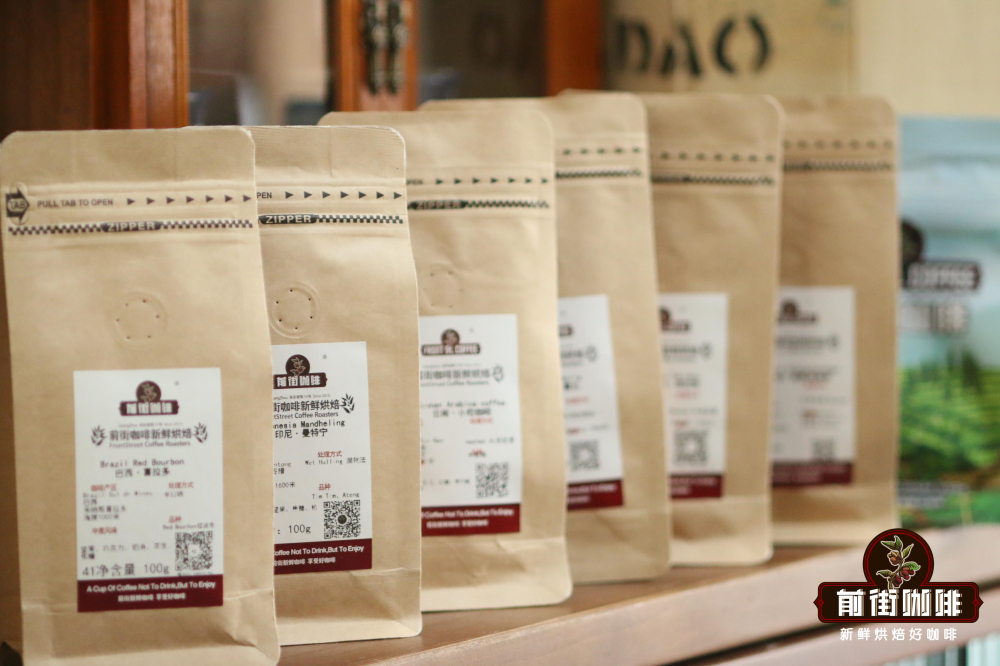
Among the various coffee beans on the shelves on Qianjie Coffee, there are a series of selected rations coffee beans from the producing areas. Except in Brazil and Indonesia, where coffee beans are not washed because conditions in the producing areas are not allowed, selected rations beans in five other producing areas, including Ethiopia, Guatemala, Colombia, Costa Rica and Yunnan, are washed with water. It is hoped that the boys can identify the basic flavor of coffee beans in hot producing areas in the most cost-effective way.
Method 3: semi-dry treatment (semi-dry processing)
This is a method between dry and water washing, which can be divided into two categories: peeling and tanning and honey treatment. The two kinds of treatments are basically very similar, first, like wet treatment, removing the outer skin of coffee berries, but skipping the wet treatment of "pool fermentation, rinsing with clean water" process and directly drying in the sun. Although the methods seem to be similar, because of one of the important differences, there are two very different flavors, which are worth explaining separately.
(a) peeling and tanning (pulped natural)
This is a method developed by Pinhalense, a Brazilian coffee equipment manufacturer, in the 1980s and 1990s. After many experiments, Pinhalense developed a modern peeling machine (depulper, also known as pulp separator), which squeezes the seeds out of ripe coffee fruit and uses a high-tech pressure cleaner (high-tech pressure washing machine) to remove the gum as much as possible, and then dry it to the desired extent.
Due to the lack of fermentation process, the risk of overfermentation or underfermentation is reduced, and the quality of coffee beans tends to be consistent, but it is also because of this process that the flavor of coffee is a bit monotonous. As a result, high-quality coffee is rarely processed in this way. This treatment uses much less water than the water washing method, and some of the methods are similar to the wet treatment (removing the peel and pulp) and some are similar to the dry treatment (without fermentation in the pool), so it is also called semi-washing (semi-washed method). Incidentally, in Brazil and Colombia, one or two companies have registered patents with high-pressure automatic cleaning equipment, forming a quasi-monopoly in the market.
(B) Honey treatment (miel method)
Honey treatment (often written in English as honey proces) is a partially improved method based on peeling and tanning. It is now popular in Costa Rica and El Salvador, and is gradually popular in Central America and even spread to coffee-producing countries all over the world. The origin of the name is that beans deliberately retain part of the colloid (honey) in the drying process.

Its origin and methods are as follows:
In the 1990s, Costa Rica developed a pectin scraper (demucilager) to replace the Brazilian pulp separator (depulper). The difference between the two machines is that the pectin scraper can adjust the pressure and caliber, retain some or all of the gum of the coffee beans during the peel removal, and then take the beans together with the gum to the sun (beans with gum cannot be dried with machine assistance. Must bear the risk of overfermentation or mildew.
Because in the drying process, the gum will ferment for a short time, the coffee beans add a little acidity, and a little sugar in the gum seeps into the beans, making the coffee a little more sweet, which is not found in the Brazilian peeling and tanning method. Some handlers even refer to their coffee as 40%, 60%, 80% or 100% honey-treated beans, depending on the amount of gum retained, but probably have reservations about this, because it is virtually impossible to make it so accurately.
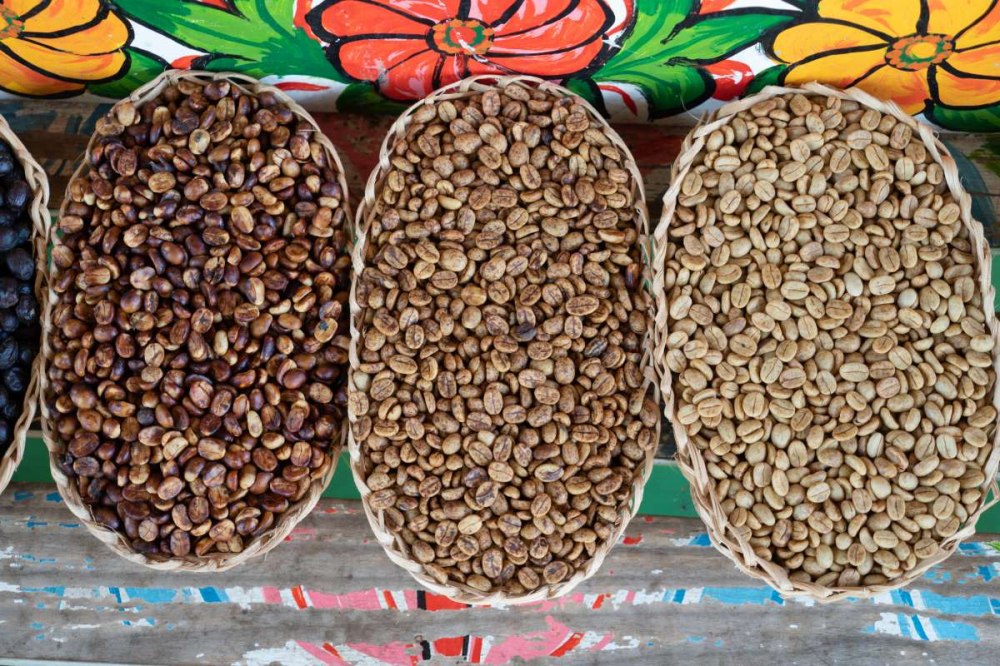
Nowadays, the more popular name is to use color instead of percentage. there is a difference between black honey, red honey, yellow honey and white honey. the more colloid is retained, the darker the dried beans are, and the more similar the flavor of coffee is to sun-treated coffee.
After testing a variety of honey-treated coffee beans in front street coffee cups, it is found that honey-treated coffee beans have more obvious fermented aroma than sun-treated coffee beans, just like fruit wine, and their sweetness is also more obvious than that of sun-treated coffee beans.
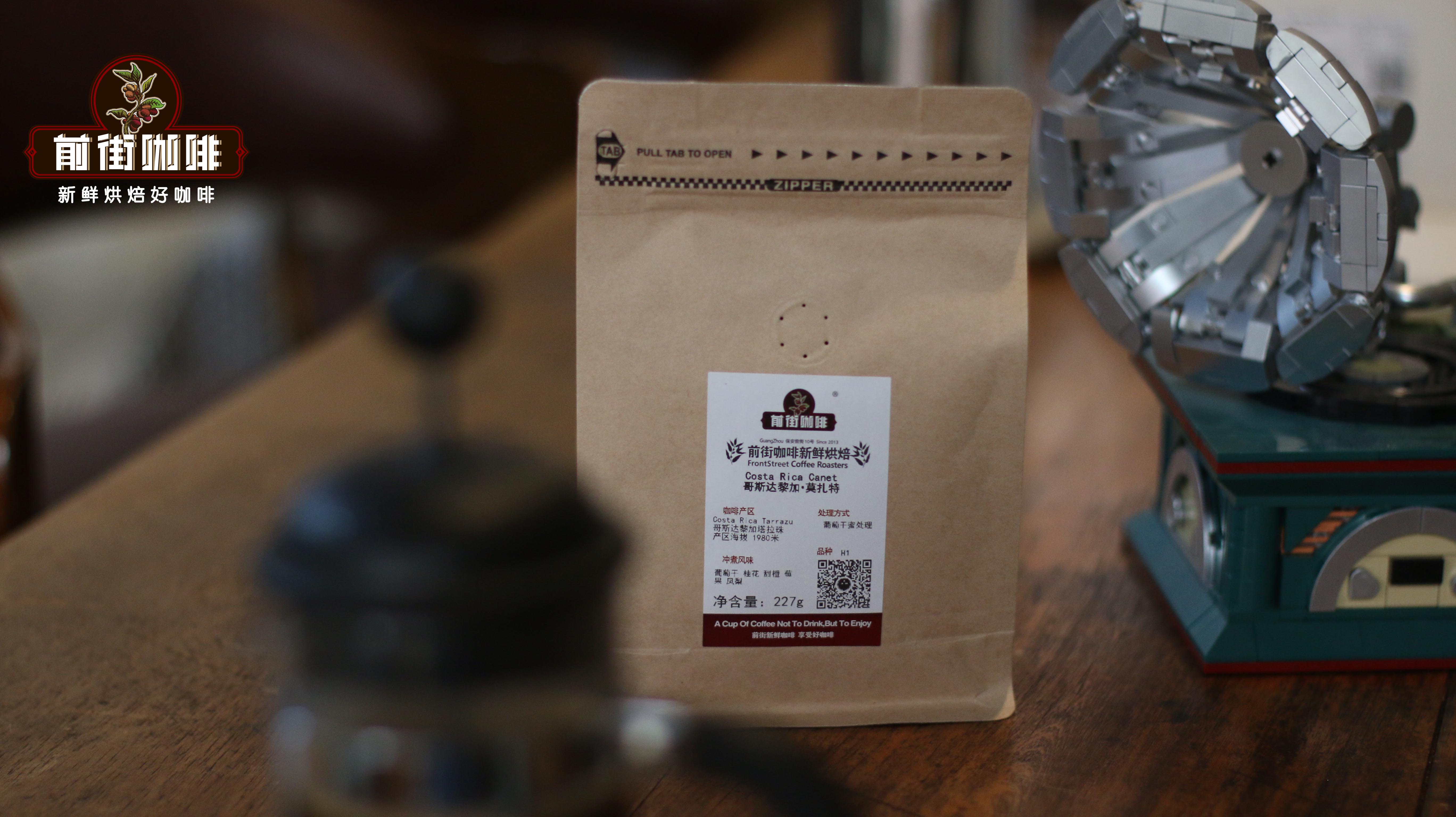
Sour taste and obvious fermented aroma are not acceptable to all friends, so if you are new to coffee, it is recommended to taste it from the sun treatment ~ it will be soft and balanced as a whole.
Important Notice :
前街咖啡 FrontStreet Coffee has moved to new addredd:
FrontStreet Coffee Address: 315,Donghua East Road,GuangZhou
Tel:020 38364473
- Prev
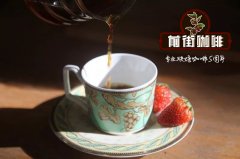
Coffee Flavor characteristics of Humbera Girl Sakuran 2.0 Story in Guji producing area of Ethiopia
Professional coffee knowledge exchange more coffee bean information Please follow the experiment in Coffee Workshop (official Wechat account cafe_style) Resource Optimization of Sakui 2.0 before this, coffee farms in Ethiopia were mostly in their native state: after rain, flowers blossomed, flowers fell and fruit hung, unattended. It was not until the fruit was ripe that the local farmers went to the mountains to pick it and sold it to the processing plant in exchange for a little.
- Next
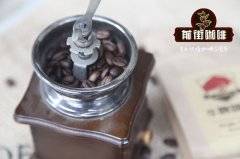
The way of coffee and bean honey treatment? The taste of black honey treatment? How many kinds of coffee honey are treated?
Professional coffee knowledge exchange more coffee bean information please pay attention to the coffee workshop (Wechat official account cafe_style) coffee bean honey treatment method? The taste of black honey treatment? How many ways are there to treat coffee honey? Coffee is a kind of agricultural products, fresh is one of the indispensable elements of good coffee. When buying coffee beans, you will often see Washed.
Related
- Detailed explanation of Jadeite planting Land in Panamanian Jadeite Manor introduction to the grading system of Jadeite competitive bidding, Red bid, Green bid and Rose Summer
- Story of Coffee planting in Brenka region of Costa Rica Stonehenge Manor anaerobic heavy honey treatment of flavor mouth
- What's on the barrel of Blue Mountain Coffee beans?
- Can American coffee also pull flowers? How to use hot American style to pull out a good-looking pattern?
- Can you make a cold extract with coffee beans? What is the right proportion for cold-extracted coffee formula?
- Indonesian PWN Gold Mandrine Coffee Origin Features Flavor How to Chong? Mandolin coffee is American.
- A brief introduction to the flavor characteristics of Brazilian yellow bourbon coffee beans
- What is the effect of different water quality on the flavor of cold-extracted coffee? What kind of water is best for brewing coffee?
- Why do you think of Rose Summer whenever you mention Panamanian coffee?
- Introduction to the characteristics of authentic blue mountain coffee bean producing areas? What is the CIB Coffee Authority in Jamaica?

